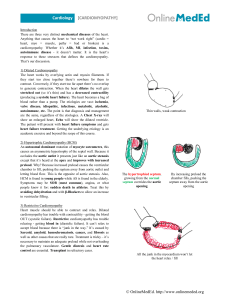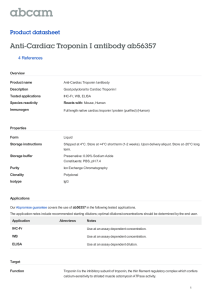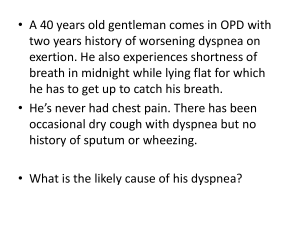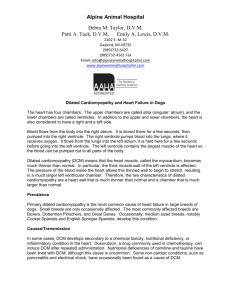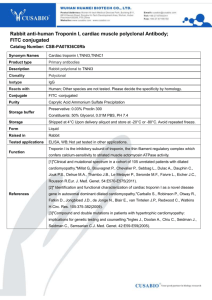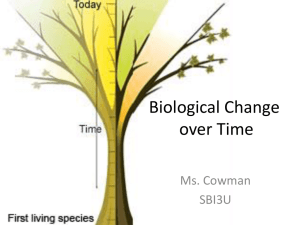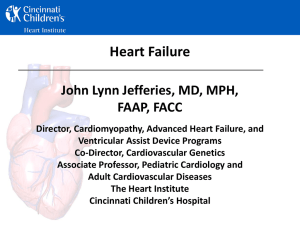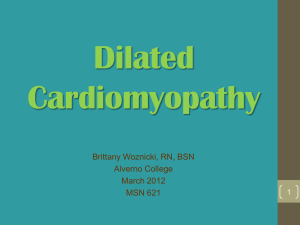Media Release
advertisement
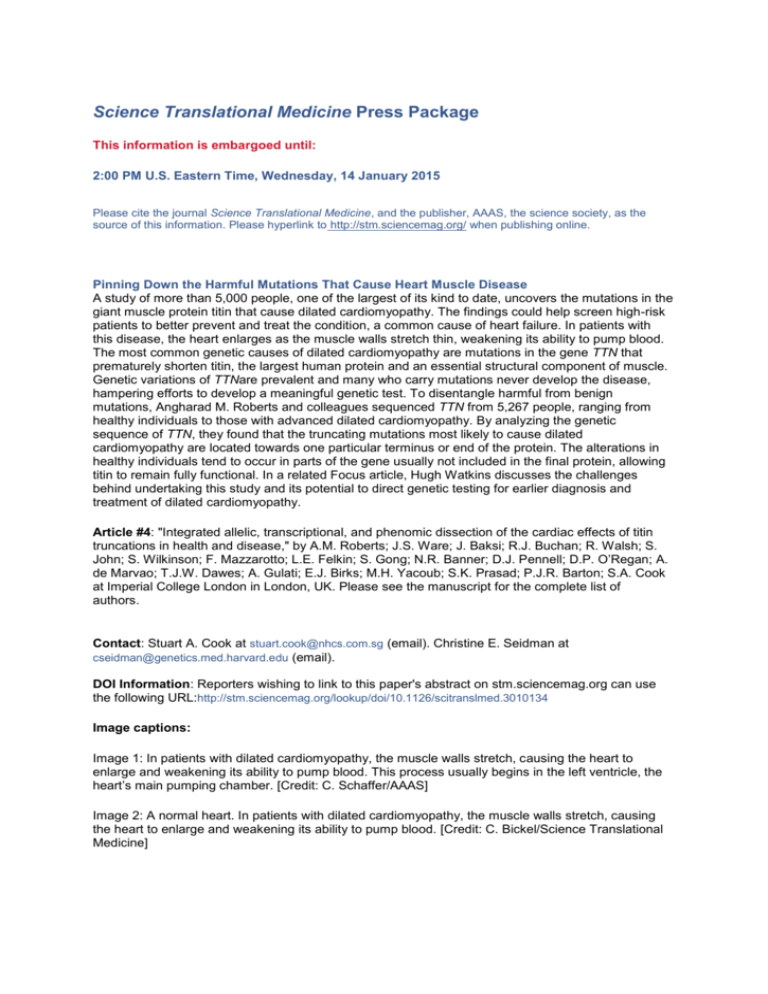
Science Translational Medicine Press Package This information is embargoed until: 2:00 PM U.S. Eastern Time, Wednesday, 14 January 2015 Please cite the journal Science Translational Medicine, and the publisher, AAAS, the science society, as the source of this information. Please hyperlink to http://stm.sciencemag.org/ when publishing online. Pinning Down the Harmful Mutations That Cause Heart Muscle Disease A study of more than 5,000 people, one of the largest of its kind to date, uncovers the mutations in the giant muscle protein titin that cause dilated cardiomyopathy. The findings could help screen high-risk patients to better prevent and treat the condition, a common cause of heart failure. In patients with this disease, the heart enlarges as the muscle walls stretch thin, weakening its ability to pump blood. The most common genetic causes of dilated cardiomyopathy are mutations in the gene TTN that prematurely shorten titin, the largest human protein and an essential structural component of muscle. Genetic variations of TTNare prevalent and many who carry mutations never develop the disease, hampering efforts to develop a meaningful genetic test. To disentangle harmful from benign mutations, Angharad M. Roberts and colleagues sequenced TTN from 5,267 people, ranging from healthy individuals to those with advanced dilated cardiomyopathy. By analyzing the genetic sequence of TTN, they found that the truncating mutations most likely to cause dilated cardiomyopathy are located towards one particular terminus or end of the protein. The alterations in healthy individuals tend to occur in parts of the gene usually not included in the final protein, allowing titin to remain fully functional. In a related Focus article, Hugh Watkins discusses the challenges behind undertaking this study and its potential to direct genetic testing for earlier diagnosis and treatment of dilated cardiomyopathy. Article #4: "Integrated allelic, transcriptional, and phenomic dissection of the cardiac effects of titin truncations in health and disease," by A.M. Roberts; J.S. Ware; J. Baksi; R.J. Buchan; R. Walsh; S. John; S. Wilkinson; F. Mazzarotto; L.E. Felkin; S. Gong; N.R. Banner; D.J. Pennell; D.P. O’Regan; A. de Marvao; T.J.W. Dawes; A. Gulati; E.J. Birks; M.H. Yacoub; S.K. Prasad; P.J.R. Barton; S.A. Cook at Imperial College London in London, UK. Please see the manuscript for the complete list of authors. Contact: Stuart A. Cook at stuart.cook@nhcs.com.sg (email). Christine E. Seidman at cseidman@genetics.med.harvard.edu (email). DOI Information: Reporters wishing to link to this paper's abstract on stm.sciencemag.org can use the following URL:http://stm.sciencemag.org/lookup/doi/10.1126/scitranslmed.3010134 Image captions: Image 1: In patients with dilated cardiomyopathy, the muscle walls stretch, causing the heart to enlarge and weakening its ability to pump blood. This process usually begins in the left ventricle, the heart’s main pumping chamber. [Credit: C. Schaffer/AAAS] Image 2: A normal heart. In patients with dilated cardiomyopathy, the muscle walls stretch, causing the heart to enlarge and weakening its ability to pump blood. [Credit: C. Bickel/Science Translational Medicine]
